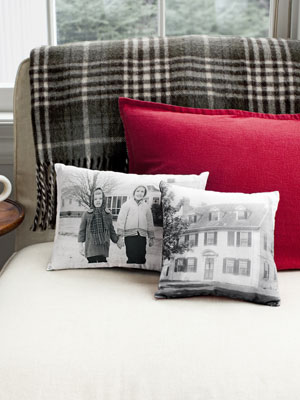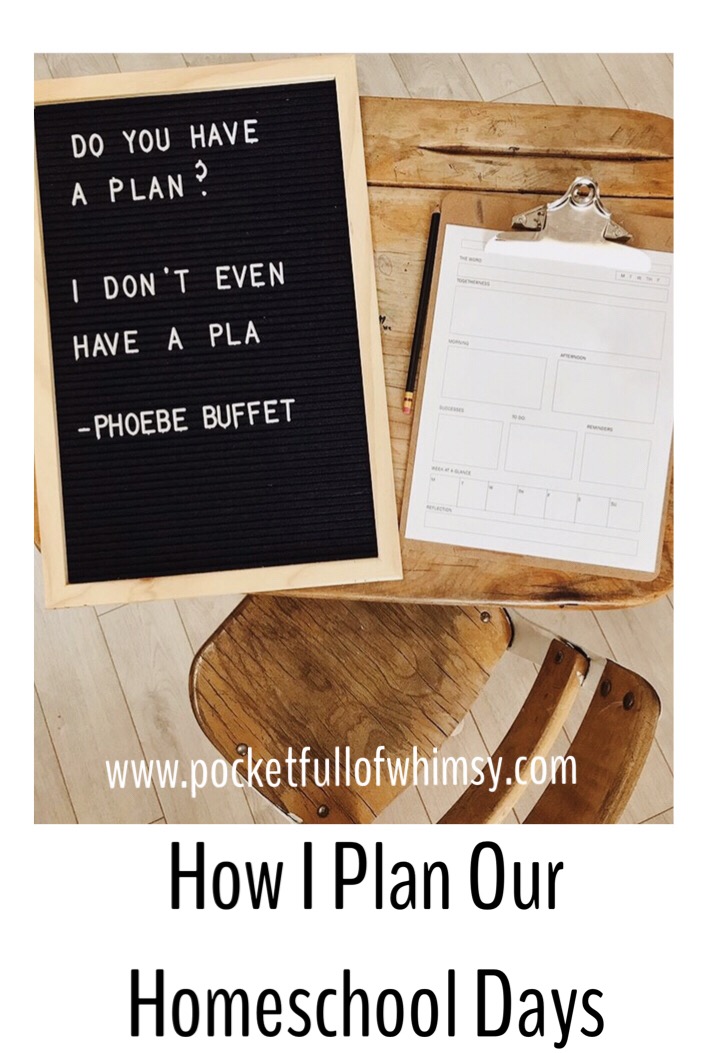Junior Black Jack | Working on Addition

We love games for math. Last night as I was planning for today my mind started to wander on what types of games using a deck of cards we could play to work on the boy one's addition skills. Black Jack suddenly seemed like a good idea but we're not quite at the point of being able to add to 21 yet. So I made up a modified Black Jack Addition game :)

Now before you get all judgey on me... I don't encourage gambling. I don't gamble myself. I've been to Vegas three times and have gambled $1 total on the penny slots at the airport on the way out!
We don't do any wagering in this version but you do win a "chip" if you win the round.
I've altered this game to go to 11 but you could choose any number. We've just started addition and are working on adding to 10 so 11 made sense for us.
Objective: Draw cards and get a total number closest to 11 without going over.
Set Up:
Remove cards 8 - King in your deck of cards leaving with Ace through 7 to play with.
Shuffle Cards
Set out "chips" or counters to use for your points system.
Set out a number line if needed to assist in the addition
Play:
* Ace counts as 1 or 11. It's up to the player how they want to use it. *
Deal one card face down to each player.
Flip them over at the same time.
Each player decides if they want to "hit" (draw another card) or "stay" if they are quite close to 11.
Those players who request a hit each get one more card face down.
Flip again at the same time and add the numbers.
Anyone who is over 11 is bust and out of the round.
Those remaining choose whether they will stay or get another hit.
Draw another card and add to the previous number. (Continue until everyone is either bust or staying).
Determine which player is closest to 11 without going over and reward them with a counter.
In the event of a tie both players get a counter.
Winning the game:
You win if you have the most points at then end of specified time or number of rounds. You can also play to 11 counters.
I encourage my son to either use the number line if he doesn't know the answer or to count the symbols on the cards.
When counting on the cards, start with the largest number first and then count from there. For example with a 7 and a 3 have your child say point to the 7 and say "7" then to the 3 "8, 9, 10".
Both the boy one and I had a blast playing and we made sure we used proper hand signals for "hit" and "stay".
It's really great for kids to practically consider the value of numbers as they have to decide how close they are to 11 and what the chances of going over are.
The game is also very easily modified so if you want to include higher number cards or change the number you're trying to attain - it all works!






I really like the different tricks you use to teach. Don't forget to check especially those who are just about to start a business.
ReplyDeleteBuy custom logo design
Thank you for sharing it with us.
ReplyDeleteI am really happy to see this blog.
It is helpful for me.
Law Essay Help UK
This site has always been pleasant news. Thank you very much for such an fabulous post. Keep working, good job!
ReplyDeleteLaw Coursework Writer